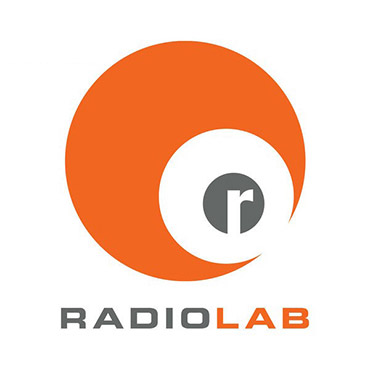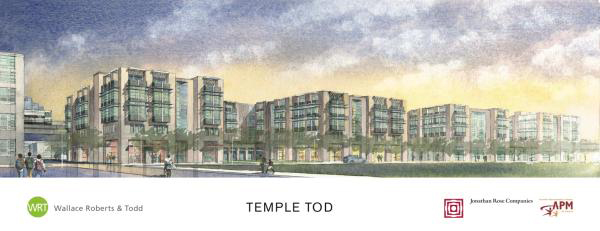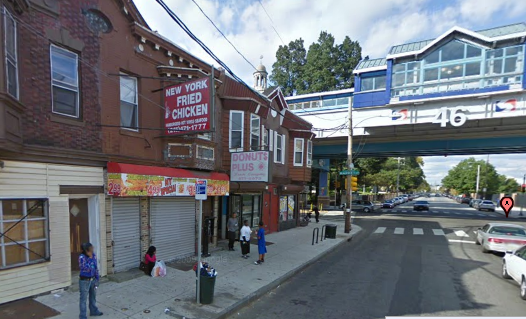Why aren’t TRIDs working?
They’re called Transit Revitalization Investment Districts, or TRIDs, and are the only statewide tool to promote transit-oriented development.
Since the state legislature authorized them in 2004, more than a dozen TRID projects have been proposed across the state. Only one of those projects, in a Pittsburgh suburb, has actually gone ahead.
And Philadelphia’s signature transit-oriented development, or TOD, project, near the Temple University regional rail station, dropped an attempt to establish a TRID.
So why has the state’s signature TOD initiative failed to produce results? Philadelphia-area transportation planners give a couple of reasons.
But first…
Here’s a brief overview of what a TRID does.
Essentially, TRIDs are creative ways of financing real estate development projects around transit stations.
They allow municipalities to capture excess tax revenue — usually in the form property taxes — generated by any development within a given TRID district and require that the money be used inside the district for things like infrastructure and transit improvements.
Take a property that pays $50 a year in taxes. After a municipality sets up a TRID and builds its centerpiece transit-oriented development, the property’s taxes go up to $150. That extra $100 tax increment would be diverted from the municipality’s general fund and could be bonded against to pay for transit station repairs or sidewalk improvements. Or it could provide the last bit of financing necessary to make the whole TOD project come together.
Show me the money
But it’s precisely what happens to that extra revenue that’s the toughest nut to crack. TRIDs don’t provide a lot of money, but at the same time, it’s hard to convince municipalities to part with the cash.
TRIDs were never meant to provide enough to, say, pay for the extension of a transit line.
At most, they’re designed to provide a few million dollars to help “jumpstart” a proposed development or pay for station renovations, according to Richard Bickel, director of planning at the Delaware Valley Regional Planning Commission and the author of the state’s TRID legislation.
That’s not necessarily enough money to finance the big multi-million dollar projects envisioned as drivers of economic revitalization.
The only extant TRID, in the Pittsburgh suburb of Mt. Lebanon, is still applying for state grants to pay for an engineering study to sink a part of the local light rail system underground. (The TRID development involves developing a hotel around an existing transit station.)
In the end, the fact that TRIDs don’t bring in that much money steered the Temple University rail station development — one of two TRID proposals in Philadelphia — away from the financing mechanism.
Scott Page of Interface Studio, a planner on the project, said the TRID payout would have been limited — especially given the property values in Eastern North Philadelphia.
(Page did say the TRID planning process was a useful tool for envisioning the development and soliciting and building community support. Asociación Puertorriqueños en Marcha, the nonprofit spearheading the development, may seek a TRID designation for subsequent projects at the site.)
The lost revenue does, however, draw the attention of municipalities and school districts, who are essentially being forced to forgo financing — and in the case of school districts, possibly contend with educating the school-aged kids any residential development might bring in.
Given that, SEPTA planner Erik Johanson said Philadelphia is an ideal environment for TRIDs: The city’s budget is so big and the School District so large, some lost revenue and a couple more students shouldn’t be enough to make a big dent.
That’s not necessarily how the city sees it.
“The city really relies on the growth in property tax revenues to provide city services,” said Planning Commission executive director Gary Jastrzab.
Though he thinks TRIDs are a valuable tool, Jastrzab also noted that money captured through a TRID wouldn’t go toward more general city-wide services. Moreover, the city has two specific problems to contend with.
First, because the property valuation system is in disarray, it’s hard to figure out how much money a TRID should bring in.
Second, the 10-year tax abatement on any new development takes a big bite out of what money a TRID could bring in because TRIDs can only capture 20 years worth of tax revenue.
It’s hard to be first
Then there’s the question of how TRIDs actually work in practice.
The law lays out some basic guidelines: The local transit agency, in this case SEPTA, needs to be involved, and the municipality is supposed to set up a board to administer the money. But without a signature project in Southeastern Pennsylvania, it’s difficult to hammer down the details.
Jastrzab has questions about who would decide how money raised through the TRID would be spent.
But before TRID projects even get to the development phase, they run into financing problems because the financial sector may be unfamiliar with how they work.
Patrick Roberts, the Pittsburgh planning department’s principal transportation planner, said that it’s difficult to issue bonds to take advantage of TRID tax revenues — in part because banks aren’t experienced with them.
On the management side, Byron Comati, SEPTA’s director of strategic planning and analysis, isn’t quite sure what the authority’s role in a TRID would be.
Then there’s a specific issue some regional rail projects may have to overcome because of the strange way the Pennsylvania and Reading railroads assembled land to build the regional rail network more than a century ago.
Many of these properties have deed restrictions that prevent them from being used for economic development purposes and may entitle heirs to a portion of any revenues that are generated.
But it’s difficult to track down the descendants of people who gave up their property long ago, Johanson said.
An earlier, non-TRID, development centered around the Chestnut Hill West station was scuttled because of deed provisions, and SEPTA is just beginning to figure out ways of dealing with this problem.
Johanson said that a TRID would probably work better if development were focused on a privately held parcel because it’s unclear how this will play out.
Where’s the money?
If TRIDs can be unwieldy and the tax revenues they bring in aren’t transformative, they were still supposed to become a mechanism to channel state funds to pay for planning and, ultimately, attract economic development subsidies.
That’s what happened with New Jersey’s transit village program. Towns that win transit village status from the state are in line for technical assistance and grants to help pay for public improvements associated with TOD projects.
Though a similar funding mechanism was envisioned for TRID districts, money never materialized, according to Angela Murray, the Lower Merion Township planner overseeing a proposed TRID project in Bryn Mawr.
The road ahead
Thanks to the state’s budget shortfalls, planners aren’t expecting more money from the state anytime soon.
But more TRID projects, like the one in Bryn Mawr, might move forward as the economy recovers and development picks up.
Several are also still in the works.
The Enterprise Center is exploring a TRID designation for its proposed development near the 46th Street Market-Frankford El station.
And the city of Pittsburgh is undertaking two TRID studies.
Comati said that TRIDs make the most sense to implement at the same time as SEPTA reconstructs a station, and some pending projects might move forward when that happens to their associated stations.
And though TRIDs haven’t been that that successful up to now, they may become more important because they don’t have the negative political implications of other economic development tools, like state Redevelopment Assistance Capital Program grants, which have been attacked as pork.
That said, state lawmakers are looking at ways of amending the TRID legislation to allow TRID districts to go for different kinds funding sources, according to Bickel.
Chris Sandvig of the Pittsburgh Community Reinvestment Group, a coalition of community development groups, would like to see a clearer process established for actually implementing TRIDs. He thinks the law should give more direction about how projects can go about attracting further financing and says that current TRID studies don’t provide a clear enough “roadmap” for implementing development and attracting the private sector.
There are also radical ideas for drastically expanding TRIDs. An Econsult study, for instance, posited establishing a TRID district to cover the entire Market-Frankford El in West Philadelphia.
One of the Pittsburgh TRID studies is examining doing something similar with the East Busway, one of two bus-only highways that provides light-rail-like service.
But until at least one signature project in the region gets off the ground, don’t expect that to happen here anytime soon.
Contact the reporter at acampisi@planphilly.com
WHYY is your source for fact-based, in-depth journalism and information. As a nonprofit organization, we rely on financial support from readers like you. Please give today.








